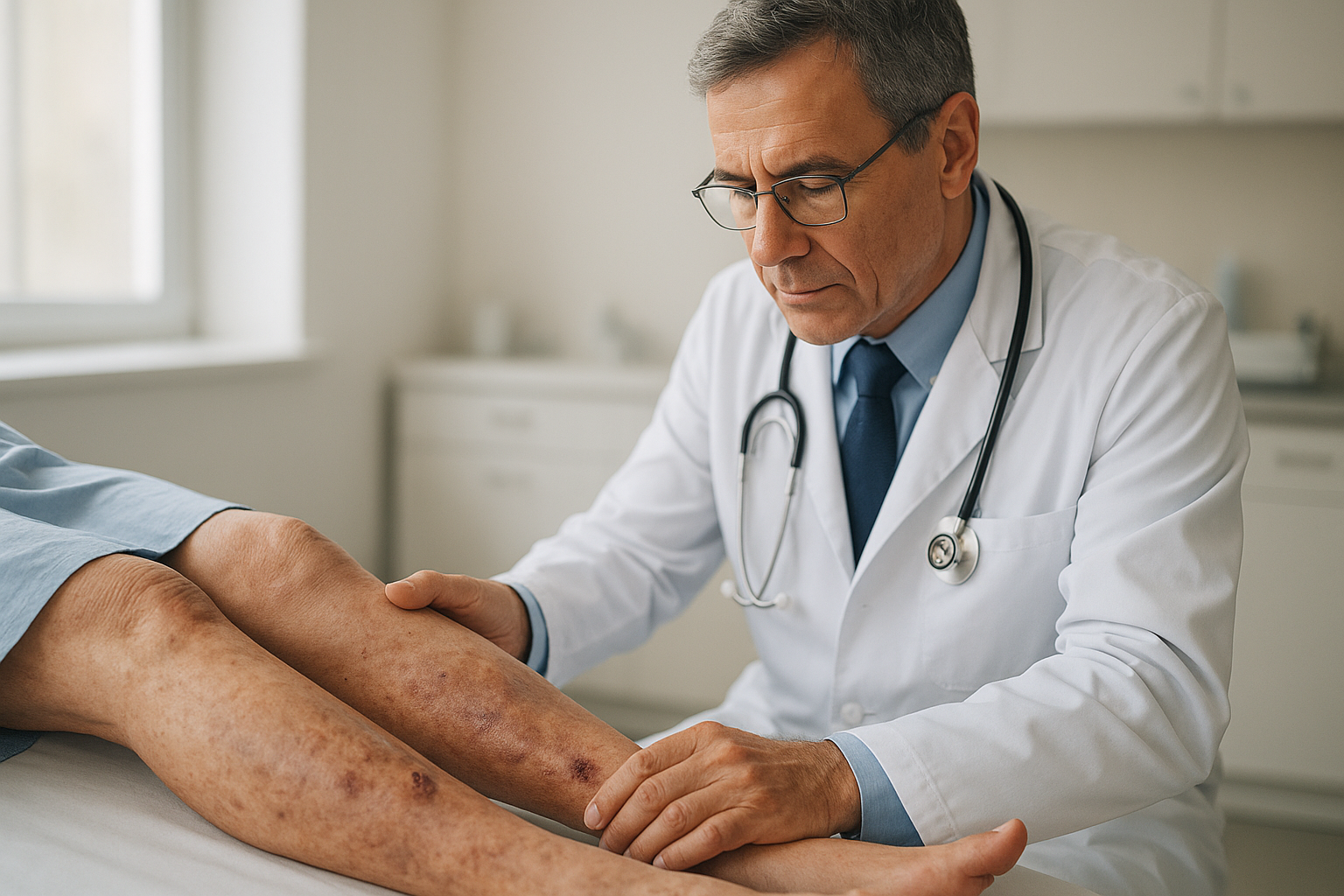Peripheral Artery Disease (PAD) is a condition that quietly disrupts blood flow to the legs, often going unnoticed until serious complications arise. Many people mistakenly believe leg discomfort is just part of aging or overexertion. But persistent symptoms could signal a dangerous narrowing of arteries. Recognizing these early warning signs can help prevent serious outcomes like amputation or heart disease.
What Exactly Is Peripheral Artery Disease?
PAD occurs when fatty deposits build up in the arteries, restricting blood flow to the limbs, especially the legs. This slows oxygen supply and causes discomfort or other noticeable changes. The condition affects millions worldwide, yet remains underdiagnosed. Without timely intervention, it increases the risk of heart attacks and strokes.
1. Leg Pain When Walking
A classic PAD symptom is claudication—leg cramps or pain during walks or physical activity that eases with rest. Many dismiss this as general muscle fatigue, but if pain occurs consistently, it suggests inadequate blood flow.
2. Leg Numbness or Weakness
A sensation of numbness or heaviness in the legs is a subtle but significant sign. If you feel persistent weakness or tingling, especially after mild exertion, it could point to early-stage PAD.
3. One Leg Feels Cooler
An obvious warning sign is one leg feeling distinctly colder than the other. This difference suggests reduced circulation, which should not be ignored. Seeking medical help promptly can prevent further damage.
4. Foot or Toe Sores That Don’t Heal
Wounds on feet or toes that linger without healing are dangerous red flags. PAD impairs the body’s ability to heal due to poor blood flow, raising infection risks.
5. Skin Color Changes or Hair Loss
Noticeable changes in skin color, turning pale or bluish, or unusual hair loss on legs are early indicators of insufficient blood supply. These visible changes should prompt a check-up.
6. Shiny or Tight Skin on Legs
Skin that appears unusually smooth or shiny is a subtle PAD indicator. Known as atrophic skin, it results from long-term poor circulation and can be an early sign of trouble.
Why Acting Early Is Crucial
Ignoring PAD symptoms can lead to serious health consequences like critical limb ischemia or stroke. Early diagnosis and lifestyle changes such as quitting smoking, regular exercise, and a heart-healthy diet can significantly reduce risks.
What Happens Next?
Medical professionals use tests like the Ankle-Brachial Index (ABI) to assess blood flow. Treatment ranges from lifestyle adjustments and medications to advanced interventions if needed. Early action preserves limb health and enhances life quality.



